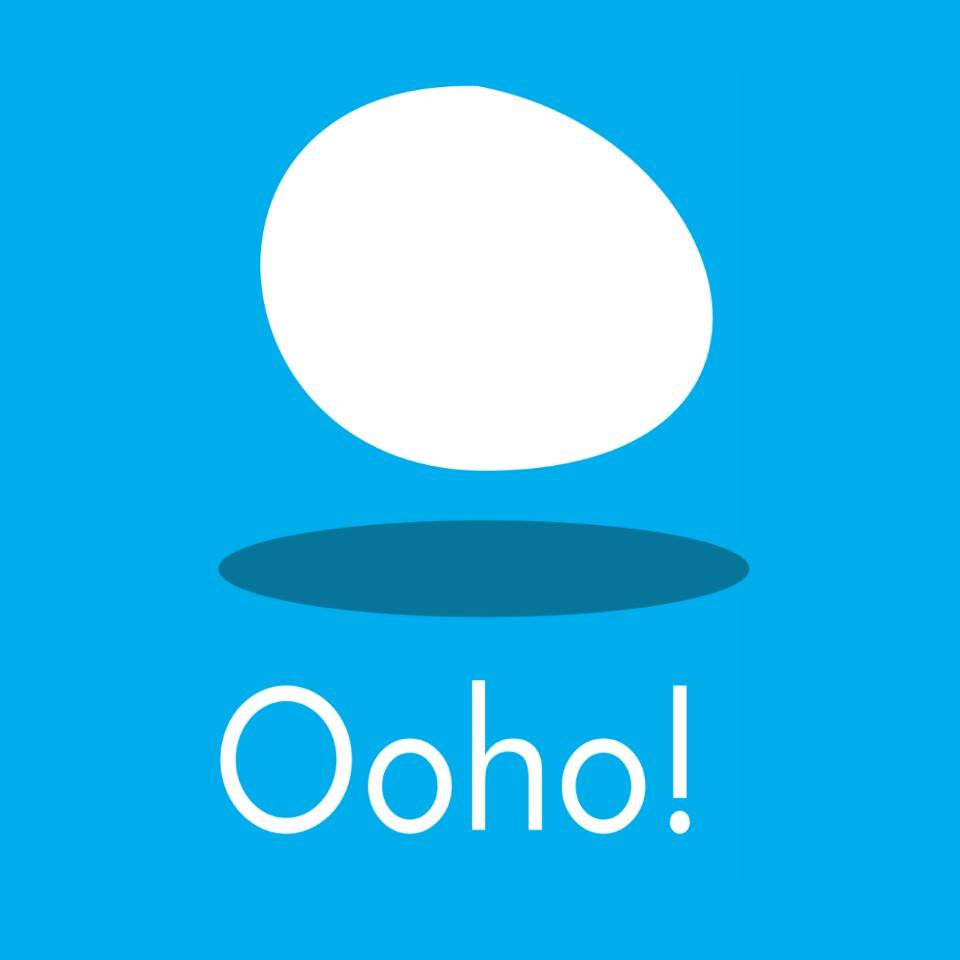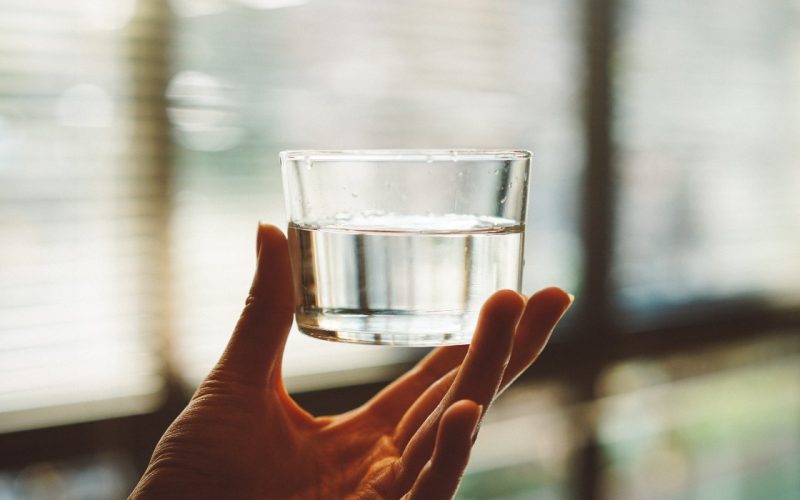Understanding how many glasses of water make up a liter is essential for staying hydrated throughout the day. Whether you’re tracking your water intake or preparing beverages, knowing this conversion can be quite handy. In this article, we will explore how many glasses of water are in a liter through practical examples and offer tips for accurate measurement.
How many glasses of water are a liter?
To begin with, it’s important to note that the volume of a standard glass of water can vary. However, a typical drinking glass holds about 8 ounces (240 milliliters) of water.
Practical examples
- Standard glass size:
- If a standard glass holds approximately 8 ounces (240 milliliters) of water, then to find out how many glasses are in a liter, we can use the following calculation:
- 1 liter = 1000 milliliters
- 1000 milliliters / 240 milliliters (per glass) ≈ 4.17 glasses
- Therefore, approximately 4 glasses of water make up a liter. This approximation is practical for everyday use, considering slight variations in glass sizes.
- If a standard glass holds approximately 8 ounces (240 milliliters) of water, then to find out how many glasses are in a liter, we can use the following calculation:
- Using metric conversion:
- In metric terms, 1 liter is equivalent to 4 glasses of water, where each glass holds 250 milliliters. This conversion simplifies the understanding that 1 liter equals 4 metric glasses.
Tips for measurement
To measure water accurately and ensure you are consuming the recommended daily intake:
- Use a measuring cup: Use a measuring cup marked with milliliter or fluid ounce indicators to measure exact volumes of water.
- Mark glasses: If you have glasses of different sizes, mark one glass with a measurement line at 250 milliliters or 8 ounces to serve as a standard reference.
- Track intake: Keep track of your daily water intake by counting the number of glasses consumed. Aim for approximately 8 glasses of water per day, which is roughly 2 liters, to maintain hydration.
- Consider container size: Be mindful of the size of your water bottle or jug. Some bottles may hold 500 milliliters or 750 milliliters, making it easier to track how many refills are needed to reach a liter.
- Educational resources: Utilize educational resources and apps that provide visual aids and reminders for tracking water intake based on glass or bottle sizes.
Importance of hydration
Staying hydrated is crucial for maintaining overall health and well-being. Water plays a vital role in regulating body temperature, transporting nutrients, and flushing out toxins. By understanding how many glasses of water are in a liter and implementing practical measurement tips, you can ensure you meet your daily hydration goals effectively.

Accurately measuring water volume is crucial for precise mixing in various applications. Whether in cooking, chemistry, or manufacturing, precise measurements ensure consistency, quality, and safety of the final product. This practice guarantees that recipes or formulas are replicated correctly, maintaining desired textures, flavors, and chemical reactions. It also minimizes waste and reduces errors, enhancing efficiency and cost-effectiveness in production processes. Proper water measurement supports reliable results in scientific experiments, culinary creations, and industrial operations, underscoring its fundamental role in achieving desired outcomes across diverse fields.
Conclusion
Knowing how many glasses of water are in a liter helps you monitor and maintain adequate hydration levels throughout the day. Whether you prefer using metric measurements or standard glass sizes, the conversion remains practical for tracking water intake. By using measuring tools and following recommended daily guidelines, you can ensure that you stay hydrated and reap the health benefits of sufficient water consumption. Incorporate these tips into your daily routine to promote hydration and overall well-being.
In summary, understanding the relationship between glasses of water and liters provides a straightforward approach to maintaining optimal hydration levels. By implementing these practical examples and measurement tips, you can confidently manage your daily water intake and support your health goals effectively.
Next, we invite you to visit: Solarized water.

